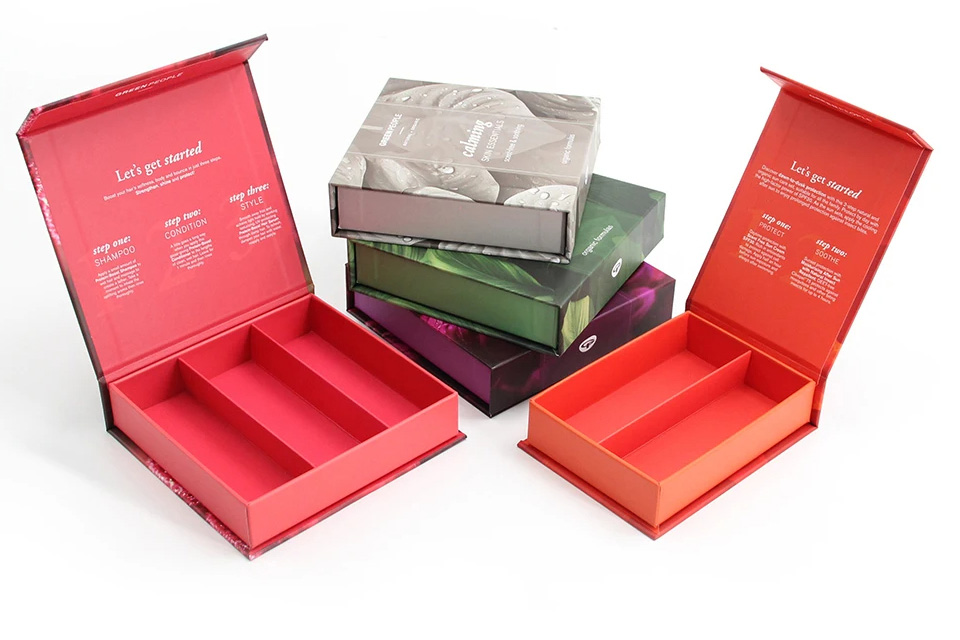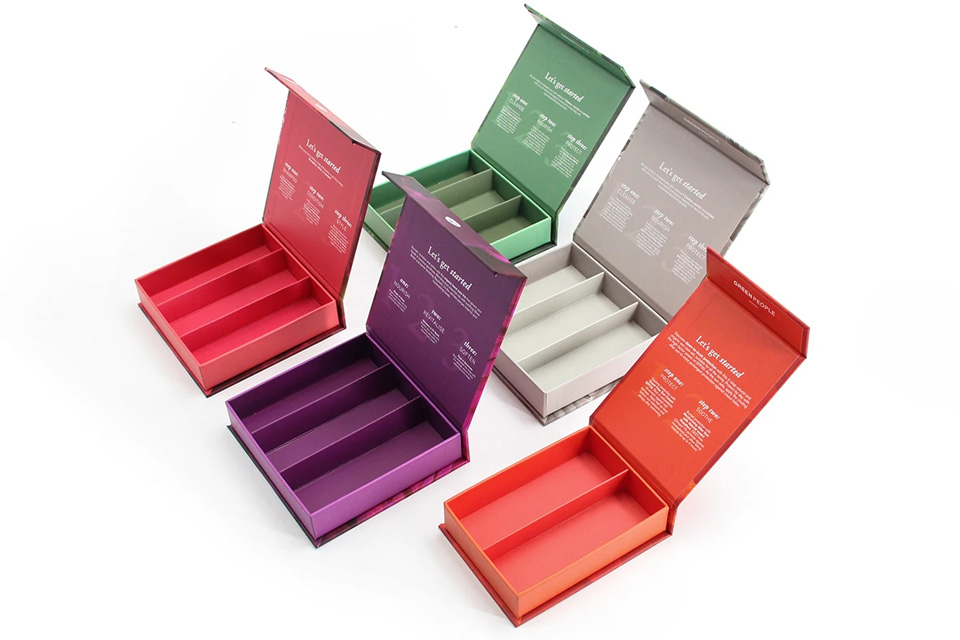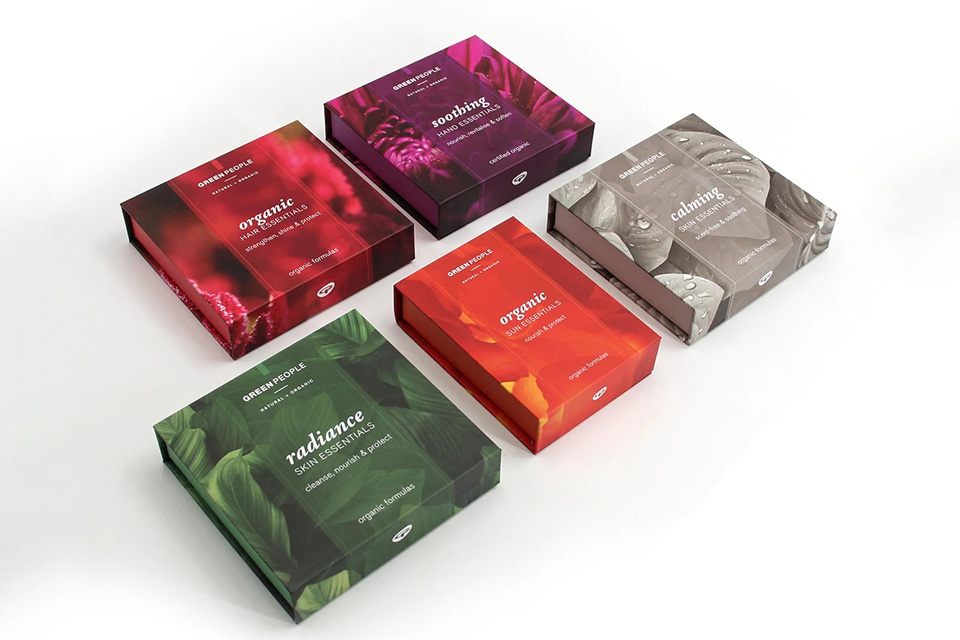E-commerce Packaging Revolution: Environmental Innovation and Business Opportunities for a Sustainable Future
Abstract
As the global e-commerce market exceeds $8 trillion, packaging waste has become a core challenge for environmental governance. This article systematically analyzes the innovative path of environmentally friendly packaging in the e-commerce field from the three dimensions of materials science, circular economy, and consumer behavior, and puts forward seven core arguments: environmental cost forced transformation, breakthrough in bio-based materials, intelligent reduction design, closed-loop recycling system, full-link cost optimization, green consumption awakening, and policy synergy. Studies show that e-commerce companies that adopt sustainable packaging can reduce operating costs by 23% and increase brand premium space by 41%.
1. The inevitable choice under the environmental crisis: the ecological logic of e-commerce packaging transformation
The world generates 9 million tons of e-commerce packaging waste each year, of which plastic products have a degradation cycle of more than 450 years. The linear consumption model of traditional packaging has exceeded the environmental carrying capacity threshold. Studies have shown that each ton of recycled paper packaging can reduce 46 gallons of crude oil consumption and reduce energy demand by 75%. Walmart's 2024 financial report shows that the carbon emissions of single-piece logistics decreased by 18% after the adoption of lightweight packaging, confirming the dual ecological and commercial value of environmental protection transformation.
2. Material Revolution: Paradigm Shift from Petroleum-based to Bio-based
- Plant Fiber Composite Materials The compressive strength of bamboo fiber packaging reaches 32KPa, and the cost is 40% lower than that of EPS foam. JD Logistics has achieved a comprehensive replacement rate of 67% in the 3C category. The degradable lunch box made of sugarcane bagasse has achieved a zero damage record in Amazon's fresh food business.
- Aerodynamic Innovation P&G Air Capsule adopts a single material patented technology, which reduces weight by 40% while increasing impact resistance by 3 times, and won the 2024 World Packaging Organization Gold Award. DHL tests show that this technology reduces the cross-border logistics damage rate from 2.3% to 0.8%.
- Intelligent Response Materials The application of temperature-controlled phase change materials in the pharmaceutical cold chain reduces the cost of vaccine transportation by 55% (refer to Pfizer's 2025 Sustainability Report).
3. Design philosophy: from overprotection to precise protection
- Parametric modeling technology The packaging recommendation system driven by Cainiao Network's AI algorithm has increased the utilization rate of cartons to 92% and reduced the use of fillers by 76%.
- Modular structural innovation The ZerOBox recycling box achieves zero tape packaging through a snap-on design, with a turnover of more than 50 times, and a single cost 31% lower than that of corrugated boxes.
- Cultural symbol implantation The Palace Museum's cultural and creative products use a foldable brocade box design with a secondary use rate of up to 89%, creating a new consumption scenario where packaging is the product.
4. Circular economy: building a reverse logistics network
- Infrastructure layout SF Express "Feng BOX" plans to establish 120,000 community recycling points and realize the full life cycle management of packaging through a blockchain traceability system.
- Economic incentive mechanism L'Oreal has launched a packaging return points plan. Consumers can exchange 15 yuan shopping vouchers for each empty bottle they return, and the recycling rate has increased to 63%.
- Breakthrough in recycling technology Dow Chemical's chemical depolymerization technology makes the purity of PET recycling reach 99.97%, and the cost is only 72% of the original material (data source: 2025 Circular Economy White Paper).
5. Cost reconstruction: game model of short-term investment and long-term benefits
- Hidden cost reduction UPS calculations show that the use of biodegradable fillers reduces cargo damage claims by 41% and reduces storage space requirements by 28%.
- Policy dividend capture Under the EU plastic tax policy, companies using recycled materials can receive a 12% tax deduction, which is estimated to create a market of US$23 billion by 2027.
- Brand premium generation Patagonia's recycled polyester fiber packaging increases its customer unit price by 19% and customer retention rate by 34%.
6. Consumer awakening: from passive acceptance to active drive
- Generational differences Generation Z is willing to pay an 11.7% premium for environmentally friendly packaging, and 45% of consumers participate in the carbon credit program by scanning the QR code on the packaging.
- Visual carbon footprint Ali launched the "Package Planet" applet, which displays packaging carbon emission data in real time, prompting 82% of users to choose green delivery options.
- Social fission effect Glossier's recycled glass bottle recycling campaign generated 4.3 million transmissions on TikTok, and the conversion rate of new products on the market increased by 27%.
7. Policy coordination: Business opportunities under the global governance framework
- Standard system construction China's "14th Five-Year Plan" e-commerce green packaging standards require that the recyclable ratio be ≥30% by 2026.
- Cross-border compliance response Amazon's "Climate Friendly Commitment" certified products have increased exposure by 220%, and 83% of sellers have started EPR registration.
- Industrial cluster effect Zhejiang Yiwu Green Packaging Industrial Park gathers 97 upstream and downstream enterprises, with R&D investment intensity reaching 6.3% and patent authorization volume increasing by 54% year-on-year.
Summary
Environmentally friendly packaging is by no means a cost burden, but a strategic lever to drive the evolution of e-commerce. From the glue-free revolution of PFPAT plastic-free packaging to the physical performance breakthrough of air capsules, technological innovation is reshaping business rules. Enterprises need to build a "material-design-recycling-data" four-in-one system to transform packaging from the end link of the value chain to a user touchpoint, data entry and profit center. As the World Economic Forum predicts: By 2030, sustainable packaging will create a $470 billion market and become a new moat for e-commerce competition.
 English
English Español
Español Português
Português Pусский
Pусский Français
Français Deutsch
Deutsch 日本語
日本語 한국어
한국어 Italiano
Italiano عربى
عربى


